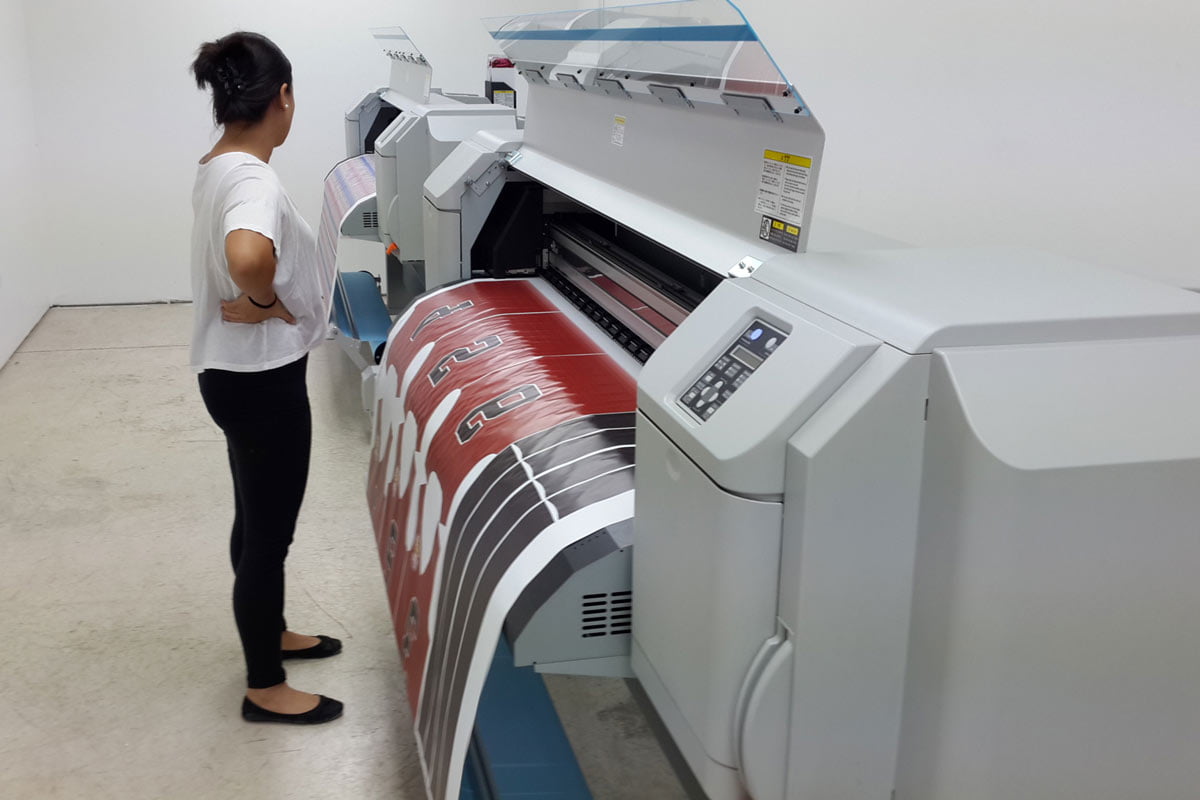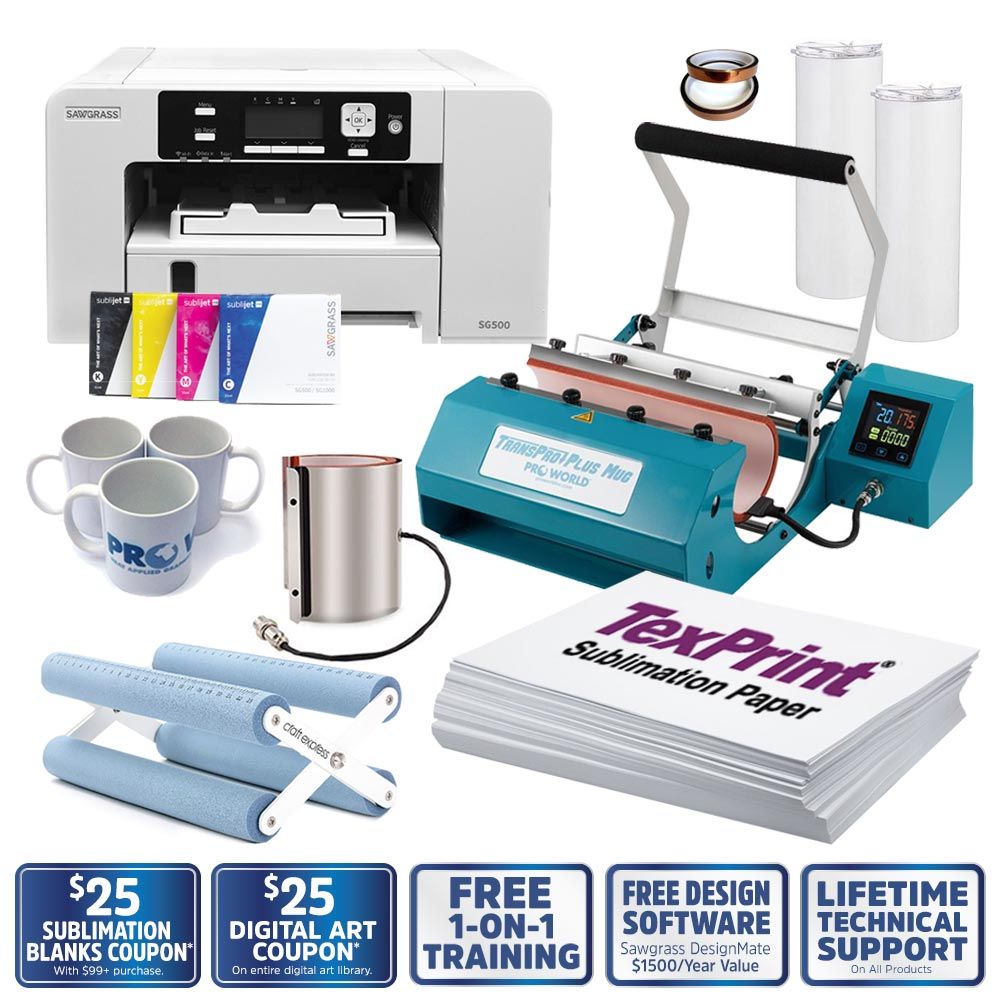From Standard to Digital: Recognizing the Advancement of Towel Printing
The makeover of fabric printing from standard techniques like block printing and withstand coloring to contemporary techniques such as display and electronic printing marks a considerable change in the fabric sector. Standard techniques, soaked in artisanal craftsmanship and social importance, have actually progressively paved the way to electronic innovations that use unprecedented accuracy, efficiency, and customization. This change not only enhances manufacturing abilities however likewise aligns with growing needs for lasting practices. Exactly how do these improvements impact the essence of cloth printing, and what might the future hold for this ever-evolving craft?
Standard Cloth Printing Techniques
In the very early stages of textile manufacturing, standard cloth printing approaches offered as the foundation of fabric design, using both performance and creative expression. Block printing, one of the earliest approaches, included carving detailed styles into wood blocks, which were then dipped in color and pushed onto material.
Withstand dyeing, including methods like batik and tie-dye, employed wax or various other substances to stop dye from penetrating particular areas of the textile. This method produced striking contrasts and elaborate layouts, frequently imbued with cultural importance. Stenciling, one more traditional method, involved cutting patterns into a material and applying dye through the openings, supplying a simpler yet effective way to create repeated layouts.
These typical methods not only shaped the textile market's early growth yet also laid the groundwork for future technologies. Each technique showed the local and cultural features of its origin, maintaining and distributing artisanal knowledge via generations.
The Increase of Screen Printing
Just how did screen printing change the landscape of textile style? The arrival of display printing in the very early 20th century noted a considerable separation from standard techniques, providing unmatched adaptability and effectiveness. This method involves pushing ink through a fine mesh screen that has been stenciled with a design, enabling for high precision and consistency. Screen printing allowed developers to create detailed patterns and vivid colors on materials, which were previously testing to attain with block printing or hand-painting techniques.
One of the crucial advantages of display printing is its ability to reproduce complicated designs widespread with remarkable integrity. This scalability made it tremendously preferred in the industrial fabric market, where mass production without giving up high quality is critical. Screen printing suits a vast variety of inks and dyes, broadening the palette of appearances and coatings readily available to developers.
In addition, the procedure is highly versatile, appropriate for different textile types consisting of cotton, silk, and synthetics. This versatility, combined with its cost-efficiency for huge runs, solidified display printing's function as a cornerstone of modern textile manufacturing. Thus, the rise of display printing reinvented the sector, pressing the borders of what was feasible in fabric design.

The Development of Digital Printing
Building on the exceptional advancements brought by display printing, the fabric sector experienced an additional groundbreaking growth with the advent of digital printing. Arising in the late 20th century, digital printing reinvented the way designs are moved onto fabrics, offering unmatched flexibility and performance. Unlike conventional approaches, which commonly called for extensive configuration and considerable hand-operated intervention, digital printing employs computer-aided design (CAD) modern technology to create elaborate patterns directly onto the textile with high accuracy.
This advancement has enabled fabric suppliers to meet the expanding demand for personalization and on-demand production. By removing the demand for plates and displays, electronic printing minimizes preparations and minimizes product waste, making it a more sustainable option. The capability to publish complicated images and a variety of shades in a solitary pass has opened up brand-new creative opportunities for developers, fostering a rise in imaginative expression within the market.
Furthermore, digital printing supports smaller batch production runs, which is specifically helpful for niche markets and startup style brand names. This technical jump has not just boosted operational efficiency but additionally democratized accessibility to high-grade fabric printing, establishing the stage for future innovations in material style and production.
Contrasting Techniques: Standard Vs. Digital
While both electronic and typical printing approaches have their very own special advantages, they differ considerably in terms of process, effectiveness, and ecological effect. Typical towel printing, incorporating techniques like block printing and screen printing, involves hands-on labor and elaborate workmanship.
In contrast, electronic printing employs sophisticated innovation to move designs directly onto textile making use of inkjet printers. This method offers unmatched accuracy and a large array of color options, enabling highly thorough and elaborate layouts. Digital printing is substantially much faster, allowing for fast turnarounds and just-in-time manufacturing, which minimizes the demand for big stock storage. In addition, it supports modification and tiny batch production, dealing with contemporary customer needs for personalized products.
From an environmental point of view, digital printing is normally a lot more lasting. It uses much less water and produces very little waste contrasted to standard techniques, which frequently involve substantial washing and coloring processes. As a result, electronic printing is significantly preferred in an era where ecological factors to consider are extremely important.
Future Fads in Cloth Printing
As the textile sector proceeds to progress, future fads in towel printing often aim towards higher integration of innovation and sustainability. One significant fad is the increased application of electronic printing innovations. These advancements allow for higher accuracy, quicker manufacturing times, and the capacity to create complicated layouts that were once difficult with useful content typical methods. Digital fabric printing is expected to dominate the marketplace, driven by its effectiveness and flexibility to customer demands for individualized and limited-edition products.

Additionally, the unification of wise textiles, which incorporate electronic parts into textiles, is readied to revolutionize the marketplace. These textiles can give additional capabilities such as temperature level policy, health surveillance, and interactive functions. As modern technology remains to advancement, the intersection of electronic printing and clever textiles will certainly open up new methods for practical and innovative applications in cloth printing.
Conclusion
The evolution of fabric printing from traditional methods to digital technologies marks a substantial improvement in the textile sector. While standard techniques highlight artisanal workmanship and social heritage, electronic printing offers unequaled accuracy, performance, and personalization. This shift not just improves production abilities but additionally supports sustainability efforts. Future patterns are likely to proceed integrating advanced technologies, better redefining fabric style and manufacturing procedures to fulfill environmental considerations and contemporary needs (DTF printing).
The improvement of fabric printing from typical approaches like block printing and stand up to coloring to modern methods such as display and digital printing notes a considerable shift in the fabric market. Display printing allowed developers to produce elaborate patterns and vibrant shades on materials, which were previously testing to attain with block printing or hand-painting approaches.
Building on the remarkable innovations brought by screen printing, the fabric market experienced one more groundbreaking advancement with the arrival of digital printing. DTF printing. Standard towel printing, incorporating techniques like block printing and display printing, involves hands-on labor and you could try here complex craftsmanship. As technology continues to breakthrough, the junction of digital printing and smart fabrics will open new methods for useful and creative applications in fabric printing